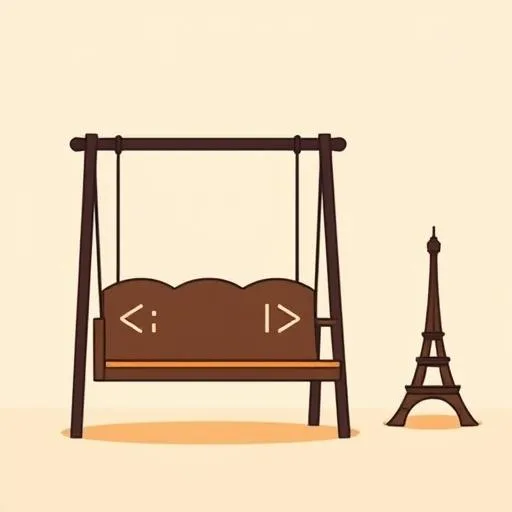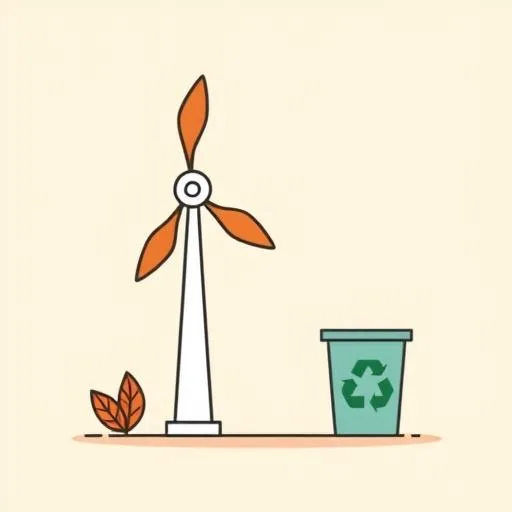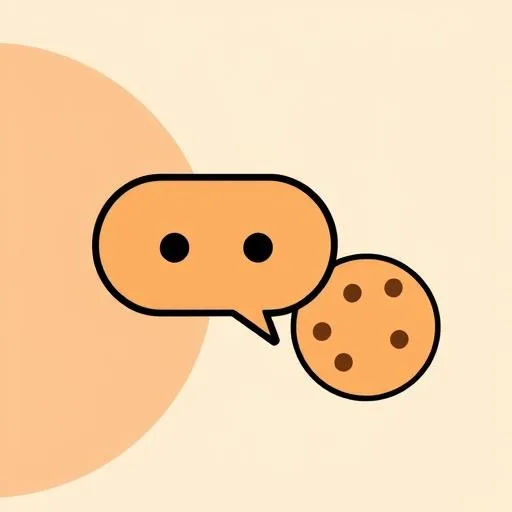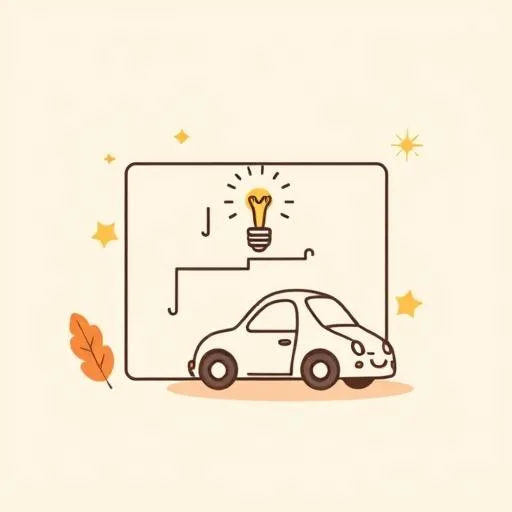
That gray-overcast morning when my seven-year-old whispered, ‘Do clouds whisper secrets to trees?’—I realized what we need isn’t just answers for kids. It’s tools that dance with wonder. Funny how France’s Mistral AI just handed us that rhythm, offering open-source AI for curious minds.
Meet Mistral: The Open-Source Playground Where Curiosity Runs Wild

Picture this: instead of another locked-box AI, Mistral builds its models like public playgrounds—blueprints out in the open, swings and slides anyone can tweak. Founded by young researchers who once shaped giants like DeepMind, this Paris team isn’t hoarding magic. Their motto? “Put frontier AI in the hands of everyone.” Remember when crayons were shared in kindergarten? That’s the vibe. French President Macron even told crowds, “Go download Le Chat rather than ChatGPT”—not as a tech rant, but a nudge toward tools that invite tinkering. What if our kids grew up believing big ideas belong to all of us? That openness mirrors how we share stories at dinner—sparking innovation where everyone gets to play.
The ‘Greenest’ Promise: Why Tiny Eco-Warriors Care About AI Energy

Mistral claims to be “the world’s greenest AI lab.” Sounds lofty—until you see how kids absorb values through play. My daughter sorts recycling into colorful bins before breakfast; she feels the planet’s pulse in every puddle jump. When tech studios prioritize clean energy, it gives us a natural opening: “See honey? Le Chat’s servers run on wind power—like how we pedal bikes to help bees find flowers!” No lectures. Just shared ‘aha!’ moments where responsibility feels as simple as sharing sidewalk chalk. Sustainable tech isn’t just good coding—it’s teaching kids they’re guardians of tomorrow’s playgrounds, blending AI and eco-awareness.
Europe’s Joyful Rebellion: How Open AI Sparks Kitchen-Table Genius
Here’s a thrill: European AI funding leapt 55% this year, with startups like Mistral leading the charge. While Silicon Valley whispers ‘closed doors,’ Paris and Stockholm shout ‘open windows!’ Mistral’s open-source models are like passing the storybook pen to your child—they don’t just read tales; they draw new characters. Imagine asking Le Chat, “Create a poem where squirrels teach math!”, then acting it out with pinecone counters. What feels revolutionary? It mirrors how real learning flourishes: not in isolated labs, but in messy, collaborative spaces. That’s Europe’s bet—and it’s the energy our kids deserve, encouraging open-source AI creativity.
Le Chat at Home: Dancing With Tech, Not Performing For It

Let’s cut the hype: Mistral’s Le Chat isn’t homework disguised as fun. It’s a co-conspirator for curiosity. Try typing, “Explain gravity like a bubble floating home!”—then blow actual bubbles together, watching how they don’t fall. Or generate moon-rock recipes (“2 parts stardust, 1 part giggles”) before baking cookies. The rule? Screen time = springboard time. Ten minutes exploring digital constellations, then racing outside to spot them in twilight. Tech becomes the spark—not the destination—keeping wonder alive in rainy-day moments with open-source AI tools.
Raising Architects, Not Just Users: The Real Gift of Openness

Mistral’s rocket ride to a $14 billion valuation isn’t what thrills me as a dad. It’s the trust in everyday creators—the belief that AI should be built with communities, not for them. Our kids don’t need AI overlords; they need collaborators that say, ‘What’s your idea?’ Next time your child asks how computers think, try this: Fire up Le Chat for a silly analogy (“AI is like a librarian sorting cloud-books!”), then ask, “How would YOU design a thinking machine?” Their answer—probably involving toy cars and glitter glue—is where real brilliance lives. Because the future belongs to those who color outside the algorithm, letting kids shape tech with their own hands. It’s in those messy, glitter-glued ideas that hope for tomorrow quietly blooms.
Source: What is Mistral AI? Everything to know about the OpenAI competitor, TechCrunch, 2025/09/07
